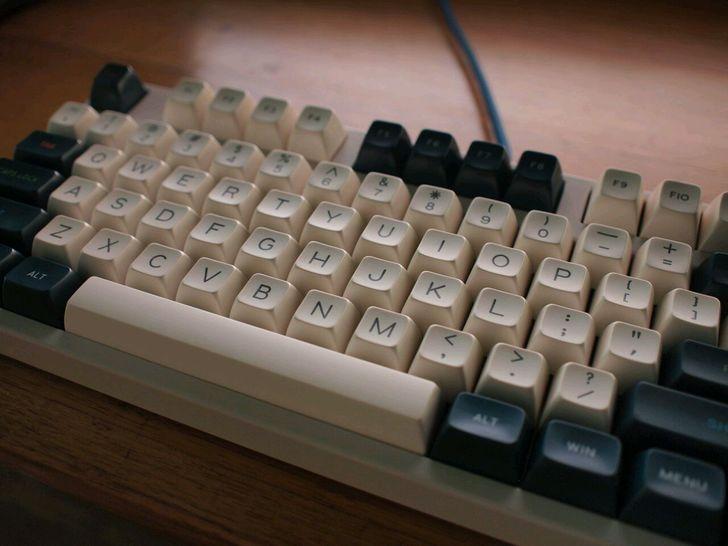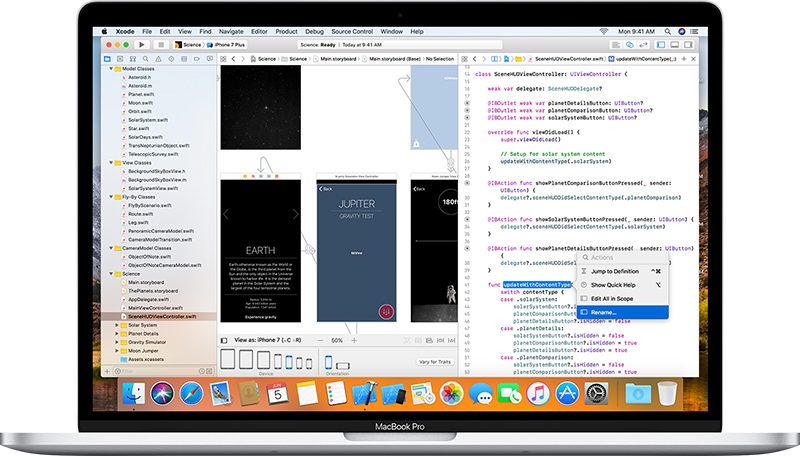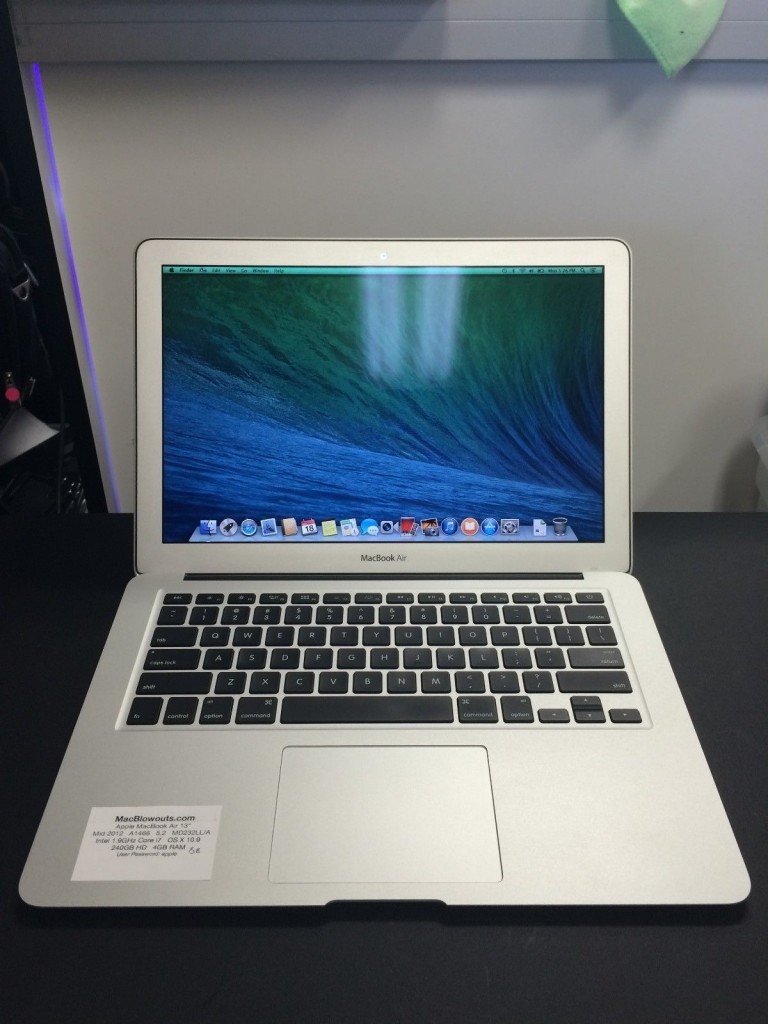
- #Xcode for mac for c how to#
- #Xcode for mac for c install#
- #Xcode for mac for c software#
- #Xcode for mac for c code#
- #Xcode for mac for c simulator#
Mkdir root_build root_install & cd root_buildĬmake -DCMAKE_INSTALL_PREFIX=…/root_install …/root_src -Dimt=OFF -Dbuiltin_tbb=OFF # because Intel’s TBB still does not work out of the boxĬmake -build. Git clone -branch v6-22-00-patches root_src`
#Xcode for mac for c install#
So here's a tip for you: Download CleanMyMac to quickly solve some of the issues mentioned in this article.Recently I Change to a Mac M1 giving problems for root installations, finally, I install XCode 13 and the command line tools for XCode 13 following these steps:

But to help you do it all by yourself, we’ve gathered our best ideas and solutions below.įeatures described in this article refer to the MacPaw site version of CleanMyMac X. If you’ve installed Xcode on your Mac and only just discovered how much space it’s taking up on your boot drive, you may be wondering why it’s so large. Or maybe you’ve tried to download it and got an error telling you that you don’t have enough space to install it and can’t work out why Xcode is so big. In this article, we’ll answer that question and also tell you what you can do to reduce the amount of space it takes up.
#Xcode for mac for c software#
Xcode is Apple’s integrated development environment (IDE) for creating software for macOS, iOS, iPad IOS, and tvOS.
#Xcode for mac for c code#
It supports source code for the most popular languages, including Apple’s own Swift, C, C++, Objective-C, Objective-C++, Java, AppleScript, Python, and Ruby. It’s free to download from the App Store and can be used for most of the development process, including creating the user interface, writing code, compiling it, and then testing and debugging. Once it’s complete, Xcode can be used to submit apps to Apple’s App Store. That’s the only part of the process for which you will need to be a registered developer. If you want to use Xcode to learn new skills or improve existing ones, or just for fun, it’s free. On the App Store page for Xcode, it lists the size of Xcode 12.5 as 11.7GB. However, when you try and install it, you’ll get an error message unless you have at least 40GB of free space. As you use Xcode, and specifically, as you connect more devices running different OS versions, Xcode will grow and grow in size and can easily take up much more than that 40GB. So, the answer to the question ‘how much space does Xcode need?’ is at least 40GB, but beyond that, it depends on how you use it. Xcode supports four different operating systems, iOS, iPad OS, macOS, and tvOS. And for each of those, it supports multiple versions.
#Xcode for mac for c simulator#
#Use xcode on mac for c++ softwareįor each OS, it has simulator runtimes, libraries, compilers, and software development kits. It has a ton of data about declarations supported in each operating system.
#Xcode for mac for c how to#
How to make Xcode take up less spaceĮvery time you connect a device with a new version of an Apple OS running on it, even if it’s only a 0.1 upgrade, Xcode adds more data and grows larger.

And many developers have noted that it never seems to remove any of that data. In the Finder, navigate to the Go menu and choose Go to Folder.Īn effective way to reduce the amount of space Xcode uses is to remove the data associated with old versions of operating systems that you no longer need.Look for the folder called iOS DeviceSupport and open it.You will see it has separate folders for each version of iOS.Look for the folder in ~/Library/Developer called iPad OS DeviceSupport and repeat step 4.You should have removed several gigabytes of data. The next time you connect an iOS or iPad OS device and use Xcode, it will download the libraries it needs for the version of iOS or iPad OS the device is running. So there is no danger in removing those folders. You can also clear the cache associated with a project by opening the project and pressing Command + Shift +K.Ĭlick a simulator you want to remove and choose Delete.You can also remove devices and simulators you don’t need one at a time from within Xcode. That will free up some space and fix any problems you are having with the project crashing.

An easier way to reduce the amount of space Xcode usesĬleanMyMac X has several tools that make it easy to free up space on your Mac. It identifies files like language files you don’t use, user cache files, old updates, and other junk files put on your Mac by the system.


 0 kommentar(er)
0 kommentar(er)
